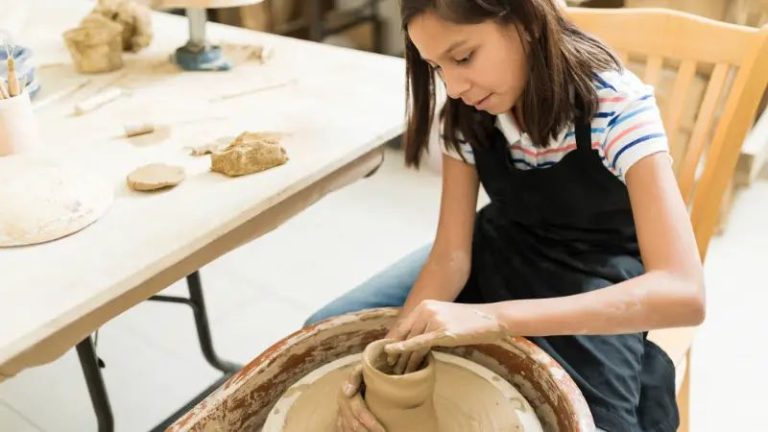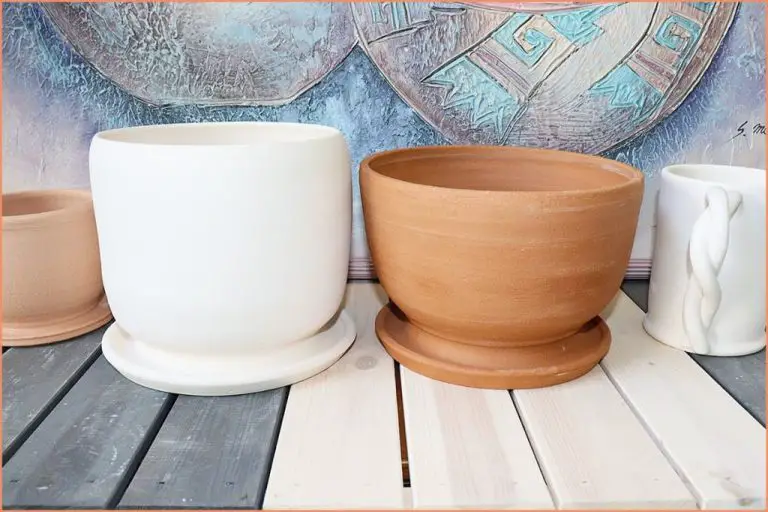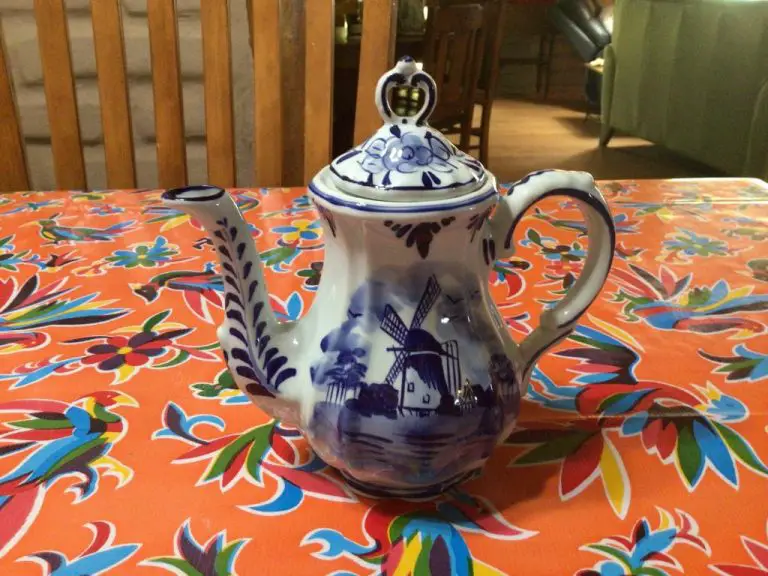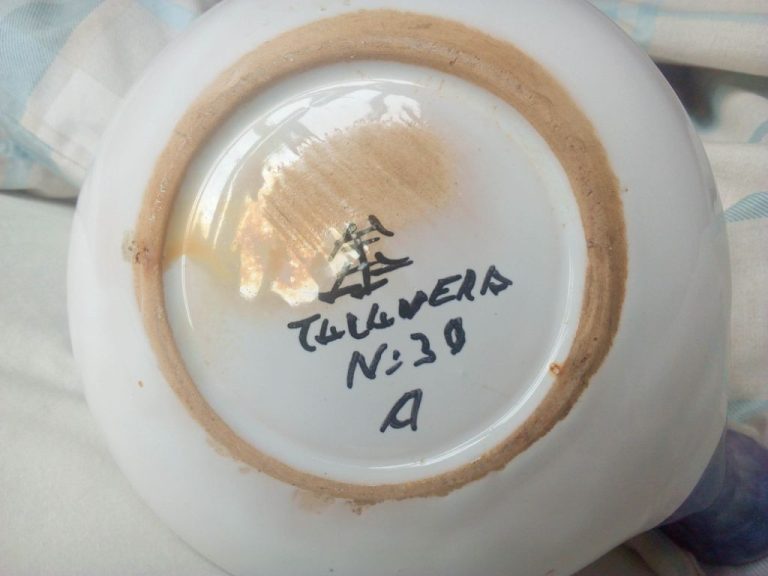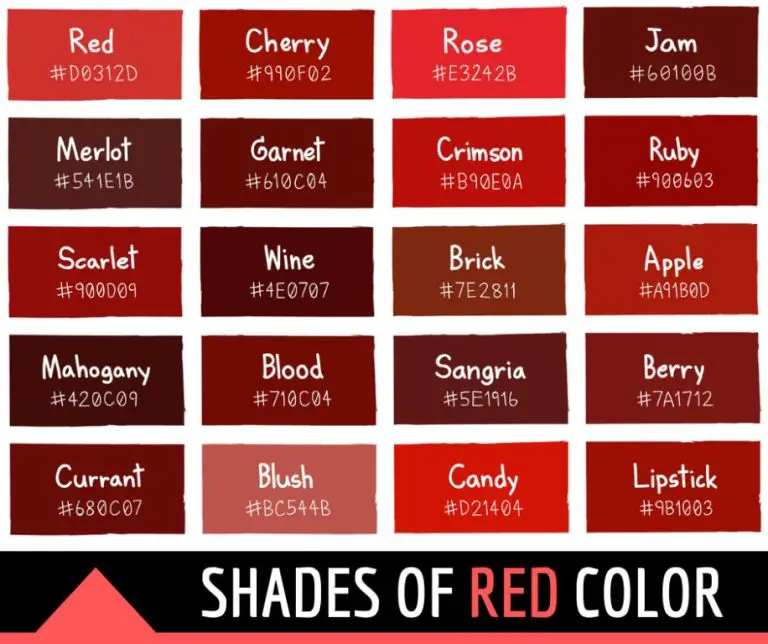What Is The Biggest Disadvantage Of Chalkboard?
Health Concerns
Breathing chalk dust is unhealthy for teachers and students. Chalk dust is made up of fine particles that can be inhaled and cause respiratory issues. According to a study published in Trace Elemental Characterization of Chalk Dust and Their Possible Health Implications, chalk dust contains trace elements like lead and nickel which can have toxic effects when inhaled over long periods of time. Teachers who work in classrooms with chalkboards have a higher rate of respiratory problems and voice disorders as chalk dust accumulates in their throats and lungs over time.
For students, inhaling chalk dust everyday can lead to asthma, allergies, and other breathing difficulties. The fine particles get trapped in the lungs and cause inflammation. A study from the University of London found higher rates of chest infections and coughing in students from classrooms with chalk dust. The research recommends proper ventilation and air filtration to mitigate the health risks.
Messiness
One of the biggest disadvantages of chalkboards is that they can get quite messy during use. Chalk is prone to breaking easily and creating a lot of dust in the air and on surfaces (https://www.houzz.com/discussions/2629968/chalkboard-painted-walls-messy). As students write on the chalkboard, chalk dust accumulates on the trays below, on the floor, and floats around in the air. This can create a major cleaning challenge, especially in a classroom setting where chalkboards are used frequently.
Chalk dust can also create a mess on clothing, skin, and surfaces. It can be difficult to completely erase chalk writings, leaving ghosting or staining behind (https://www.whiteboardsandpinboards.com.au/how-to-clean-chalkboard/). Vigorous erasing is required to remove chalk markings, which further contributes to chalk dust in the air. The messiness can be a disadvantage for teachers, students, janitors, and anyone spending time in a room with a heavily-used chalkboard.
Difficult to Erase
One of the biggest disadvantages of chalkboards is that chalk can be very difficult to fully erase from the board. Chalk tends to leave behind a ghosted image or shadow even after you wipe the board clean. This ghosting builds up over time as chalk residue remains embedded in the pores of the chalkboard surface. To get rid of ghosting, you need to scrub the board vigorously and use a wet erase method. But even then, some shadowing usually remains.
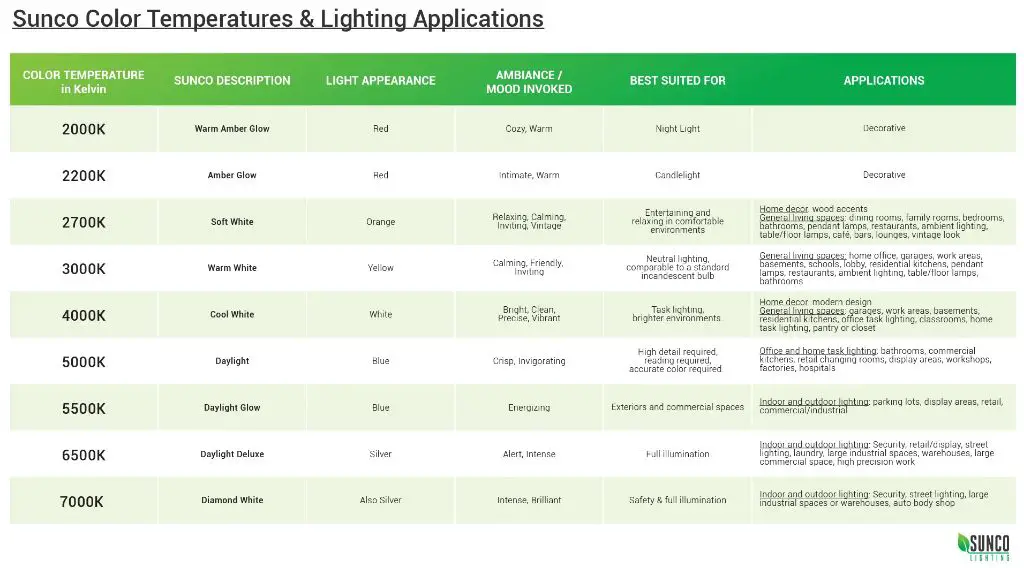
Chalk that is pressed firmly onto the board can actually embed into the slate pores. No amount of casual wiping will get this fully out. You need a proper chalkboard eraser and some elbow grease to scrub away the residue. Chalk also sticks much more stubbornly to areas of the board that get the most use, compounding the issue.
Wood framed chalkboards are especially problematic when it comes to complete erasure. The porous nature of the wood absorbs more chalk, which requires heavy scrubbing to remove. Strong cleaners like vinegar may be needed to cut through the embedded chalk pigments.
Limited Colors
Chalkboards only allow white or colored chalk, limiting visuals. Traditional black or green chalkboards are restricted to chalk colors like white, yellow, blue, red, etc. This restricts the ability to add color, decorate, and visually enhance lessons on the board (The Pros and Cons of a Chalkboard Wall, n.d.). Teachers cannot use colorful markers, crayons, or other art supplies on a standard chalkboard surface.
Some more modern chalkboard paint options allow a broader variety of chalk colors, but are still limited compared to whiteboards, which can be written on with a wide rainbow of dry erase markers. The limited color options can make chalkboards seem old-fashioned and visually unappealing.
Ghosting
Ghosting refers to residual chalk dust or faded chalk marks that remain on the board after erasing, causing a faint ghost image (How to Fix Chalkboard Ghosting). This occurs because chalk particles become trapped in the pores of the chalkboard surface. Over time, chalk buildup accumulates in the pores, resulting in stubborn ghost images that won’t erase completely.
There are several solutions to fix ghosting issues on chalkboards. Using a flat piece of chalk on its side can help rub chalk dust into the pores to fill them before erasing the board (How to Prevent/Fix Chalkboard Ghosting). Chalkboard cleaning sprays are also effective – they contain solvents that dissolve chalk residue. Simply spray the ghosting area, let sit for 20-30 seconds, then wipe clean with a cloth (How to Fix Chalkboard Ghosting). Avoid using very wet cloths/excess water, as moisture can worsen ghosting. Proper regular cleaning and maintenance is key to preventing ghosting in the first place.
Noise
Chalk squeaking on the chalkboard creates an unpleasant noise that many find unbearable. According to this source, the high-pitched screeching noise of chalk on a chalkboard is rated among the most uncomfortable sounds, similarly to fingernails on a chalkboard. The noise evokes a visceral reaction in many people, causing discomfort and an urge to escape the noise. Researchers theorize this reaction may be an evolutionary response to alarm signals or warning cries. For some individuals with misophonia, the noise provokes anger and anxiety.
The mechanics of chalk on the board produce the unpleasant frequencies. According to studies, the squeaking results from the vibration of the chalk against the board as it leaves chalk particles behind in its path. The friction and vibration create sound waves that peak into high, piercing frequencies above 2,000-4,000 Hz. This range intersects with the peak sensitivities of human hearing, which may explain why it grates on listeners.
Teachers and students often try methods to quiet chalk screeching, like trimming chalk into rounded shapes or rubbing chalk on the board prior to writing. However, the underlying physics of the chalk-board interaction make unpleasant noises unavoidable. Many modern classrooms use dry-erase boards or digital media to avoid the auditory discomfort chalk creates.
Lighting Needs
Chalkboards require proper lighting to be visible. The chalkboard surface needs to be illuminated evenly and sufficiently in order for writing to show up clearly. According to Chalkboard Lights Become The Mainstream of Future …, the recommended lighting level for a classroom chalkboard is at least 500 lux, with uniform illumination across the entire surface. Without adequate and uniform lighting, chalkboard writing can appear faint or uneven in different areas. This makes it difficult for students seated far away to read the board.
As noted in What is good classroom lighting design?, the ideal color temperature for classroom lighting is between 3300K-5300K. This provides a crisp, natural light that illuminates chalkboard writing clearly. The color rendering index (CRI) should also be high to allow chalk colors to be discerned properly. Proper lighting focused on the chalkboard is essential for visibility and legibility.
Lack of Technology
Chalkboards lack any sort of technology integration or digital capabilities. They do not allow for the use of computers, projectors, interactive displays, or other modern educational tools. According to an article on the UWS Blackboard system, “Blackboard is difficult to use. The findings of the research also found Blackboard system ‘time-consuming and not user-friendly'” (source). Without technology, teachers are restricted to writing by hand on the board, which limits multimedia integration, collaboration capabilities, and accessibility for students. Chalkboards cannot display digital content, videos, animations, or access the wealth of educational resources available online. Their purely analog nature prevents utilization of modern technology that enhances and streamlines the learning process.
Restrictive Size
One of the biggest disadvantages of using chalkboards is their restrictive size. Chalkboards are typically available in fixed sizes such as 3ft x 4ft or 4ft x 8ft. This limited space restricts the amount of content that instructors can present at once [1]. With only a few square feet of writing space, teachers are not able to display large amounts of visual information or writing.
The limited size of chalkboards is especially disadvantageous for mathematics and science classes where instructors often need to present multiple diagrams, charts, and equations simultaneously. It can be challenging for teachers to effectively convey complex concepts when they are confined to the small space of a standard chalkboard.
In contrast, modern instructional tools like digital whiteboards offer far more flexibility. Rather than being limited by physical size, digital whiteboards allow teachers to scroll through endless pages of content. This enables the display of much more visual information during a single lesson. The restrictive nature of chalkboard size is an ongoing challenge that makes chalkboards less ideal for many classroom settings.
Costly Maintenance
Chalkboards require regular cleaning and recoating to maintain their functionality. The chalk dust can build up over time, making the surface harder to write on. It’s recommended to clean a chalkboard at least once a week with a damp cloth, and then follow up by rubbing chalk back into the board. Failing to clean properly can result in ghosting, where old markings show through even after erasing. Chalkboards may also need reapplied chalkboard paint every few years when the surface becomes too etched and porous for chalk to stick and write smoothly.
According to Chalk It Up Signs, the cost for chalkboard paint is approximately $30-50 per gallon and covers about 100-150 sq ft per gallon. So maintaining a 10×4 ft chalkboard could cost $80-130 every 2-3 years for fresh coats of paint. The maintenance costs add up over time compared to boards like whiteboards that don’t require recoating.

